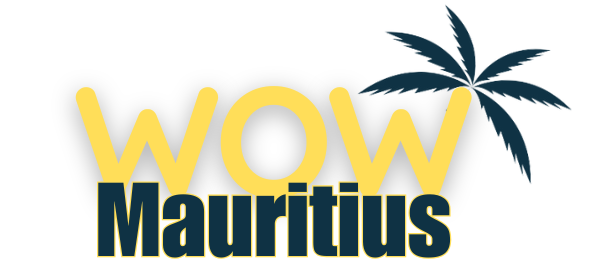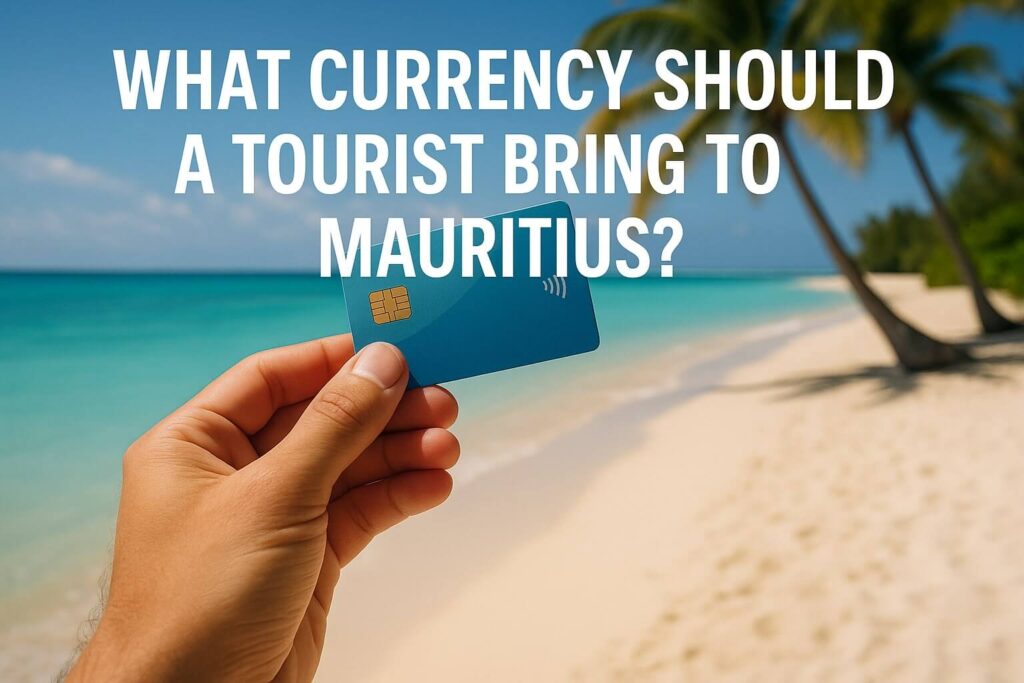Maybe it’s the palm trees on the notes or the way the green Rs 200 bill flutters like Green Rose in the wind. Either way, if you’re planning a visit to our island, knowing what currency to bring—and how to use it—is more than just practical. It’s part of how you ease into the local rhythm. So, let’s break it down, the way a local would tell a friend.
The Basics: Mauritian Rupee Is King
In Mauritius, the official currency is the Mauritian Rupee (MUR). You’ll spot it on signs as “Rs”. It comes in colourful notes—Rs 25, 50, 100, 200, 500, 1,000 and 2,000—and coins from Rs 1 to Rs 20.
Forget about spending euros or dollars at the local bakery or in a corner shop. Even most taxis won’t accept foreign notes. But you can use them to exchange on arrival, or sometimes pay in resorts and airport taxis—just be ready for a lower rate and change in rupees.
Should I Bring Euros, Dollars, or Something Else?
Bring euros or US dollars if you want to carry a backup stash. They’re the easiest to exchange at hotels, banks, and money changers. British pounds work too, but fewer places accept them directly.
That said, you don’t need to arrive with loads of foreign currency. Mauritian banks and ATMs make it easy to withdraw rupees once you land. There are multiple cashpoints at the airport, and they offer fair exchange rates with no local ATM fee.
Cash or Card? The Honest Answer
Locals will tell you this: Mauritius is still a cash-friendly island. You’ll want rupees for:
- Buses and local taxis (no card machines here)
- Street food in Port Louis or Mahébourg
- Beach vendors selling fresh coconut water or sarongs
- Tips for hotel staff or drivers
- Markets in Flacq, Goodlands or Quatre Bornes
But when you’re at restaurants, malls, supermarkets, or booking excursions online—Visa and Mastercard work just fine. Just always choose “pay in local currency” on the card machine to avoid hidden conversion fees.
ATMs and Daily Spending Tips
ATMs are everywhere—MCB, SBM, Absa—and most accept international cards. But daily limits vary (Rs 10,000 to Rs 40,000 depending on the bank). Some will charge a small fee, but most don’t.
A good rhythm is to withdraw small amounts of currency every few days, and use a travel card that doesn’t charge foreign transaction fees. Monzo, Wise, Revolut, and Starling are popular among European travellers.
How Much Should You Budget in Cash?
You don’t need a fortune in your pocket, but a comfortable starting float might look like:
- Rs 2,000 for small purchases and tips (that’s roughly €38 / $43)
- Rs 5,000–Rs 10,000 if you’re planning to explore rural areas or markets
- Keep Rs 25 and Rs 50 notes handy—no one wants to break a Rs 1,000 for pineapple slices
Tipping, Change, and Other Curiosities
Tipping isn’t mandatory here, but it’s appreciated. At restaurants, rounding up the bill or leaving Rs 50–100 for good service is common.
Also—locals love small notes. Try to break big bills at supermarkets, not at a tiny roti stall where Rs 2 000 might cause a mild panic.
Digital Rupees? Yes, But Not Yet
Mauritius has started testing a digital version of the rupee—but it’s not yet mainstream, and tourists won’t really use it. For now, stick to paper, coins, and cards. You’ll get the hang of it quickly.
One Last Travel Tip
If you’re carrying more than Rs 500,000 (around €9,800), you’ll need to declare it at customs. That’s unlikely for most travellers, but worth knowing. There’s a simple online form if you do.
So, What’s the Best Currency Setup for Mauritius?
- Bring a travel debit card (with no fees)
- Carry €150–300 or $200 in crisp notes as a backup
- Withdraw rupees at ATMs on arrival
- Use your card at resorts and restaurants
- Keep small change for street life—you’ll use it more than you think
In the end, the Mauritian rupee is more than just money.
It’s your first handshake with a fruit vendor. It’s the price of a sunrise snack on Trou d’Eau Douce beach. It’s what locals use, what tourists adapt to, and what quietly connects you to island life—one note at a time.



